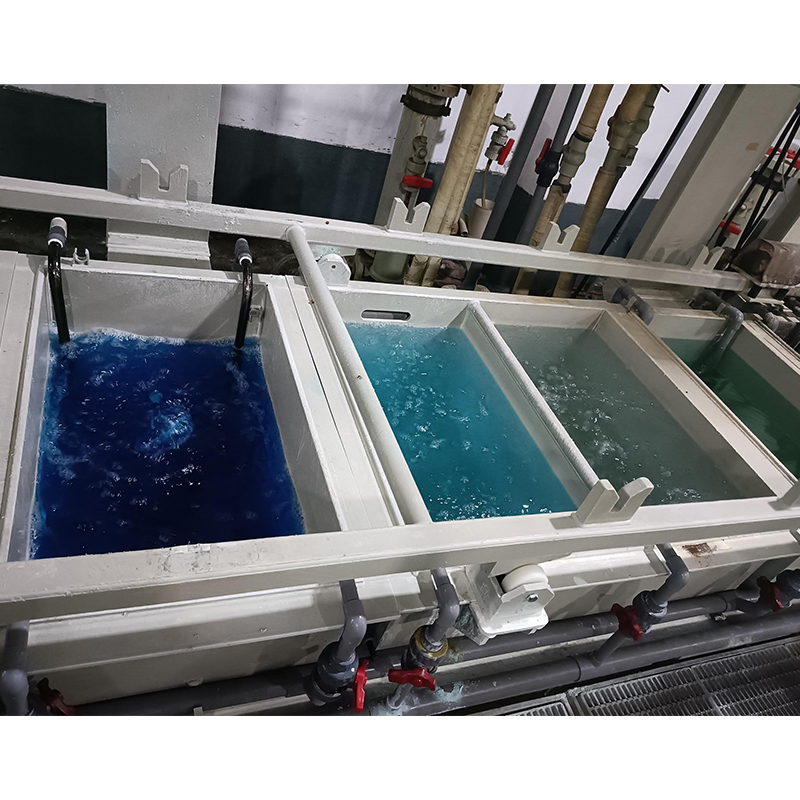Printed circuit boards (PCBs) are an integral part of modern electronics. They serve as the backbone of electronic devices, providing a platform for the interconnection of electronic components. Copper is an excellent electrical conductor and is used extensively in PCB manufacturing.
In the manufacturing process of PCB, copper weight plays a vital role. Copper weight refers to the thickness or amount of copper applied to the surface of the circuit board. The weight of copper used in PCB manufacturing directly affects the electrical and mechanical properties of the board. In this blog, we will explore the different copper weights used in PCB manufacturing and their significance.
Understanding Copper Weight in PCB Manufacturing
The weight of copper is usually measured in ounces per square foot (oz/ft²). The most commonly used copper weights in PCB manufacturing range from 0.5 oz/square foot (17 µm) to 3 oz/square foot (105 µm). These weights determine the copper thickness of the PCB’s outer layers, inner layers, and plated copper holes.
The choice of copper weight depends on factors such as required electrical performance, mechanical strength and cost. Let’s
take a deeper look at different copper weights and their applications in PCB manufacturing.
1. 0.5 oz/ft2 (17 µm) Copper Weight:
This is the lightest copper weight used in PCB manufacturing. It is typically used in simple and lightweight PCB applications. These boards are often used in consumer electronics where cost and weight are major considerations. However, reduced copper thickness affects the ability to carry high currents and may result in increased resistance.
2. 1 oz/square foot (35 µm) copper weight:
This is the most widely used copper weight in PCB manufacturing. It strikes a balance between performance and cost-effectiveness. PCBs with 1 oz/sq. ft. copper weight can handle moderate currents and are ideal for a variety of applications, including telecommunications, automotive and industrial electronics.
3. 2 oz/square foot (70 µm) copper weight:
As the demand for higher current carrying capabilities increases, PCBs with copper weights of 2 ounces/square foot become important. Known for their improved thermal conductivity, these boards are commonly used in power electronics, high power amplifiers, UPS systems and other applications requiring strong current carrying capabilities.
4. 3 oz/ft2 (105 µm) Copper Weight:
PCBs with a copper weight of 3 ounces per square foot are considered heavy copper boards. These boards are used in applications that require large current carrying capabilities or better heat dissipation. Some examples include power distribution systems, high-current battery chargers, and motor controllers.
The Importance of Copper Weight in PCB Manufacturing
Selecting the appropriate copper weight is critical to ensuring PCB performance and reliability. Here are some key aspects that highlight the importance of copper weight:
1. Electrical performance:
Copper weight determines the PCB’s ability to carry current without creating excessive resistance. Insufficient copper thickness can cause resistance to rise, resulting in voltage drops and board overheating. On the other hand, higher copper weight allows for better current handling and lower resistance.
2. Mechanical strength:
In addition to being electrically conductive, copper also provides mechanical reinforcement to the PCB. Proper copper weight adds strength and durability to a circuit board, allowing it to resist bending, warping, or other physical stress.
3. Thermal management:
Copper is an excellent conductor of heat. Sufficient copper weight helps to effectively dissipate heat generated by components mounted on the PCB. This prevents thermal stress or component failure due to overheating, ensuring the longevity and reliability of the board.
4. Trace width and spacing guidelines:
Copper weight affects trace width and spacing guidelines during PCB layout and design. Higher copper weight requires wider trace widths and spacing to allow efficient current flow and avoid excessive temperature rise.
In conclusion
In summary, choosing the right copper weight is critical to designing a high-performance and reliable PCB. The choice depends on the specific requirements of the application, taking into account electrical performance, mechanical strength and thermal management needs. Whether it is lightweight consumer electronics or high-power industrial applications, copper weight plays an important role in PCB manufacturing and should be carefully considered during the design phase.
Post time: Oct-12-2023
Back







